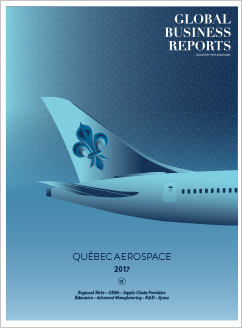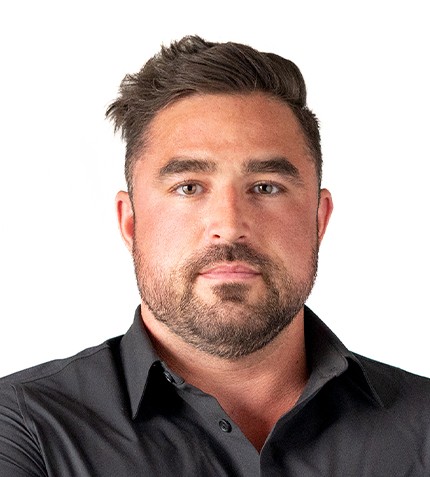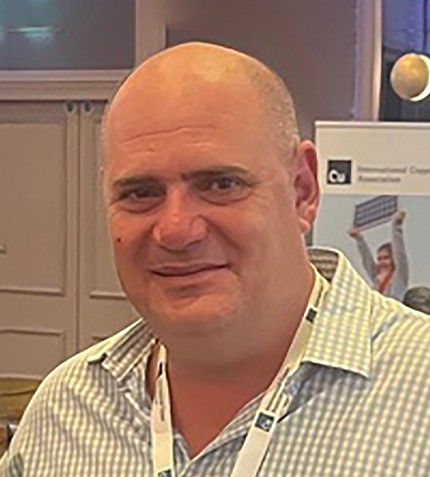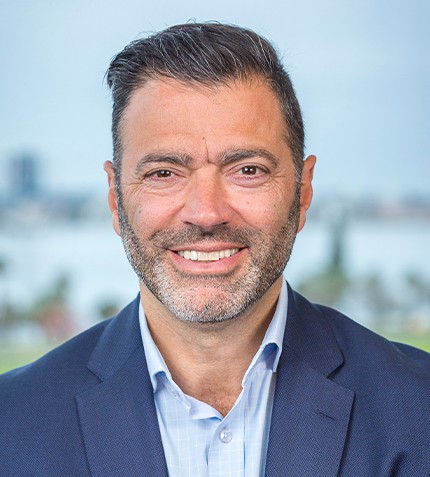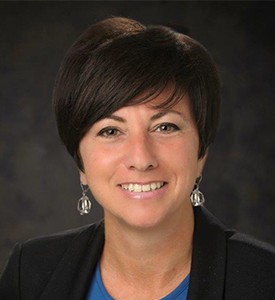
Pratt and Whitney Canada is a leading engine manufacturer and is counted amongst Québec’s “Big 4” OEMs.
RELATED PUBLICATION
ARTICLES FROM THIS PUBLICATION
- Interfacing with Industry: Québec’s Universities Fortify Aerospace Activity
- Driving Efficiency to Increase Competitiveness: Québec’s Service and Equipment Providers
- The Big Four and the Competitiveness of Québec’s Aerospace Supply Chain
- Banding Together: Québec’s Innovation Ecosystem
- Aerospace in Québec: The Case for an Industrial Policy
- A New Order: Québec’s Supply Chain Reaches Turning Point
- Québec’s Aerospace 4.0: A Solution to Cost Pressures?
- Quebéc Aerospace: Education
- Safety First
Maria Della Posta
SENIOR VICE PRESIDENT, PRATT & WHITNEY CANADA (P&WC)
Celebrating its 90th year of operation in 2018, Pratt & Whitney Canada is well established both within Québec’s ecosystem and worldwide. Could we begin with a brief introduction to P&WC today and any major updates since we met in 2015?
In April 2017, we produced our 100,000th engine. Today, we have upwards of 60,000 engines in service in over 200 countries and territories, on 14 different families of engines for everything from helicopters to APUs. Our PurePower® PW800 engine, now certified, is meeting and exceeding all of its performance expectations. Inaugurated in 2010, the Mirabel Aerospace Centre is now moving at a very good pace and our Advanced Manufacturing Center, which manufactures parts for the PW800 and NGPF engines, is ramping up production. In 2015, we welcomed the Auxiliary Power Units (APUs) business, adding almost 10,000 engines to our fleet. Our APUs can be found in nearly every large airline in the world.
Additionally, we have launched a whole new suite of digital engine services. One is a brand new customer portal, MyP&WC Power; another is additional functionality in our engines’ capabilities–almost 8,000 of the engines in service today have full engine health management and communication capabilities. We also have a new Oil Analysis Technology, which gives high visibility into the health and efficient operations of the engine without intrusive inspection. These technologies allow us to be more proactive with our customers, while helping them move toward more fully planned maintenance environments and providing insights to pass on to our engineering organization to develop better next-generation products. Other areas of great investment are product lifecycle management (PLM) and other systems and technologies that position us well for the future.
What are P&WC’s greatest focus areas for process innovation?
For the past few years, we have been developing advanced manufacturing and automation, moving from automating machines to building fully automated production cells which machine complex components end-to-end. We have three new cells in Québec and others in our facilities around the world. These cells incorporate closed door machining, automated in-process inspection, self-compensation, robotics and advanced line health monitoring. We are pushing towards predictive maintenance across our operations.
These technologies also require a completely different skillset for our employees. We have moved from traditional machinists, inspectors and maintenance technicians to highly trained cell leaders with multi-disciplinary skills for problem-solving. We also need engineers who are skilled in mechatronics, automation and metrology. We are working with local schools to adapt their programs to our needs.
When it comes to P&WC’s supply chain, is the Québec ecosystem still considered very competitive?
What makes the Canadian and Québec aerospace sector unique is our philosophy and vision around promoting industry and research. With the support of government, we are able to export 90% of our products. We have great schools and institutions to work with and a favorable operating environment. The government’s innovation strategy has clearly been a part of our investments in advanced manufacturing. The Canadian ecosystem is a basis for our growth and our future.
Going forward, what are the key objectives and the next areas of focus for P&WC?
Our mission is to continuously inject technology into all of our product lines. We are working on the next large PT6 for general aviation and civil helicopters and have a big effort afoot to inject new technology in all of our platforms. A consistent focus for us is developing next generation engines, which we are currently working on. We will continue to bring a high level of capability in technology to all of our facilities in Canada and worldwide.
When it comes to serving our customers, our simple mission is “Performance. Personal. Guaranteed.” More customization will also be the way of the future. Our focus is on bringing in different levels of customization and transforming our business model in line with global trends. We also play a leadership role in establishing the direction of some of the Canadian aerospace cluster initiatives. We need to join forces to ensure we have what it takes to bring our vision to reality and promote Canadian aerospace on the world stage.




